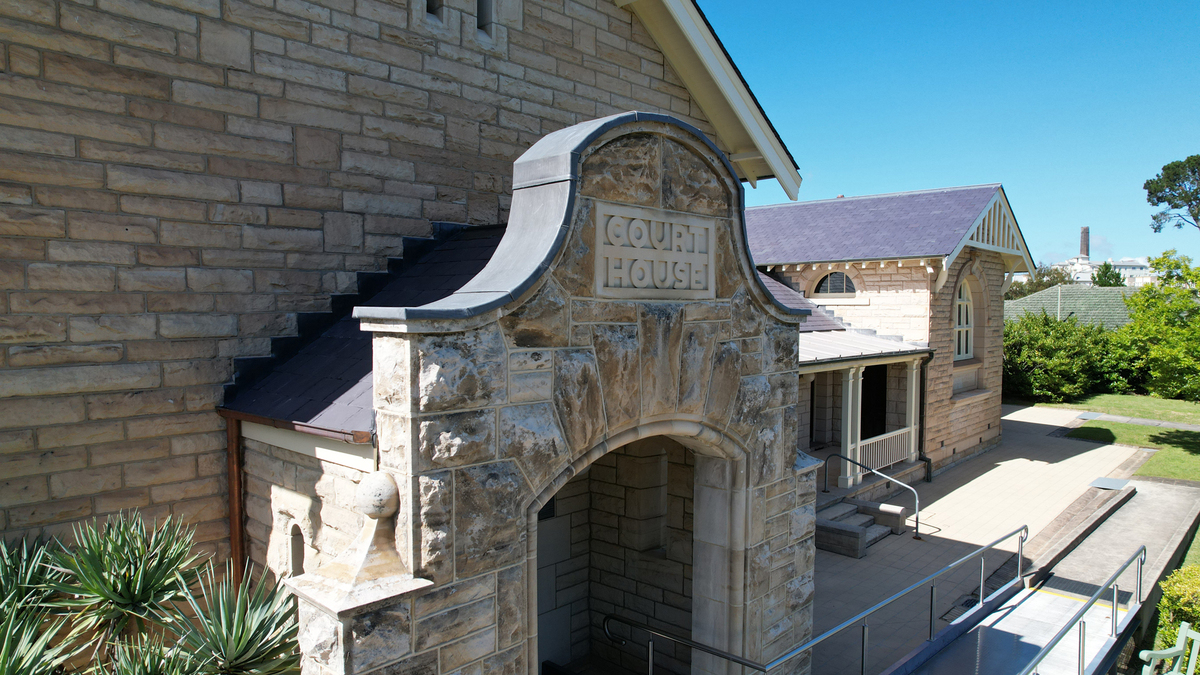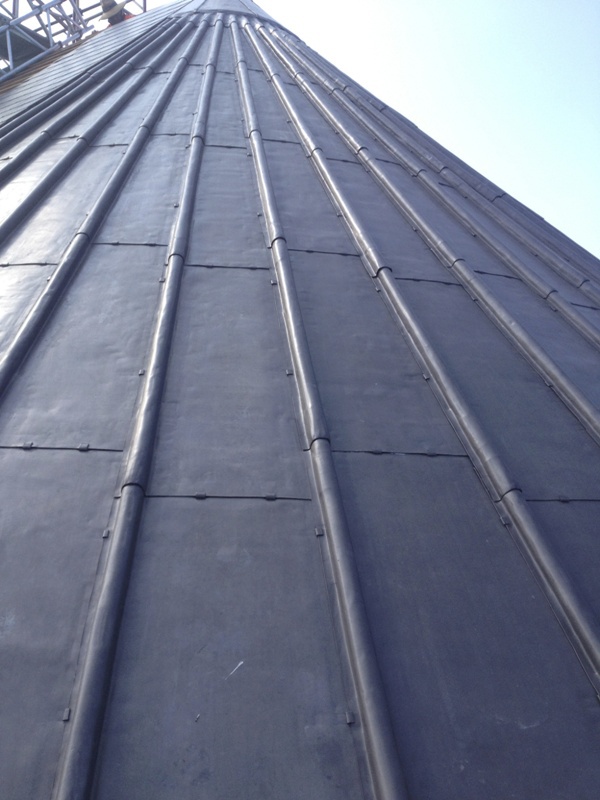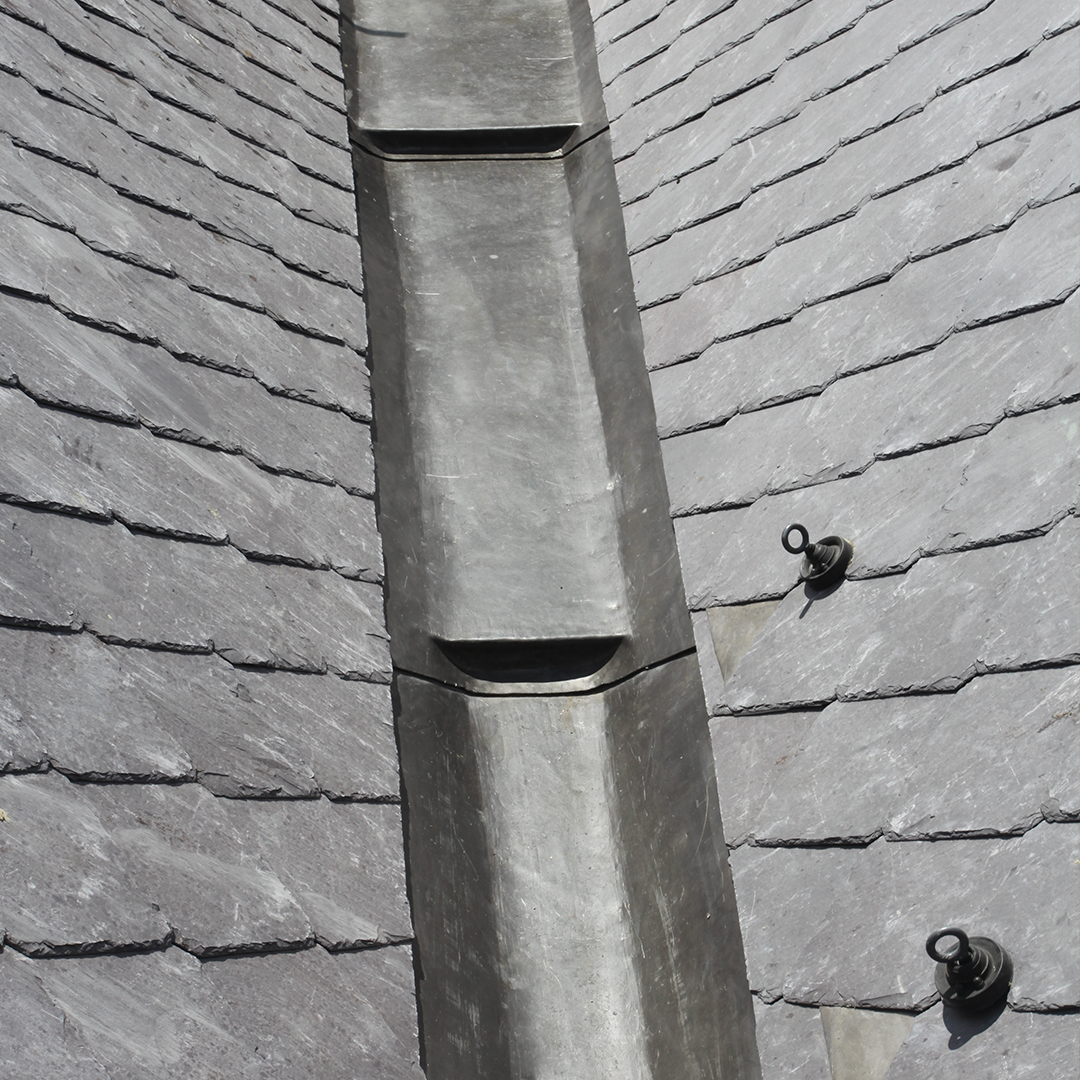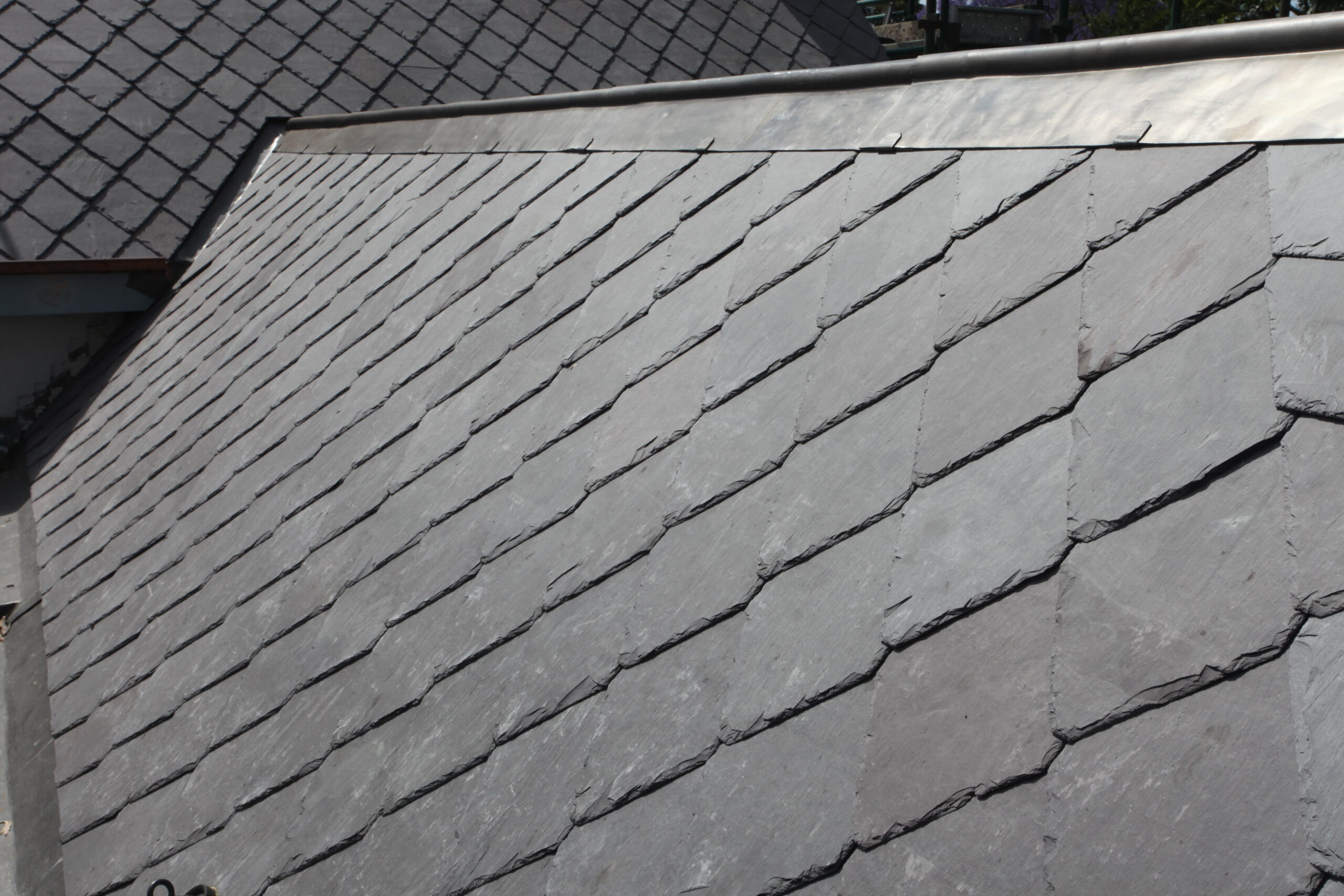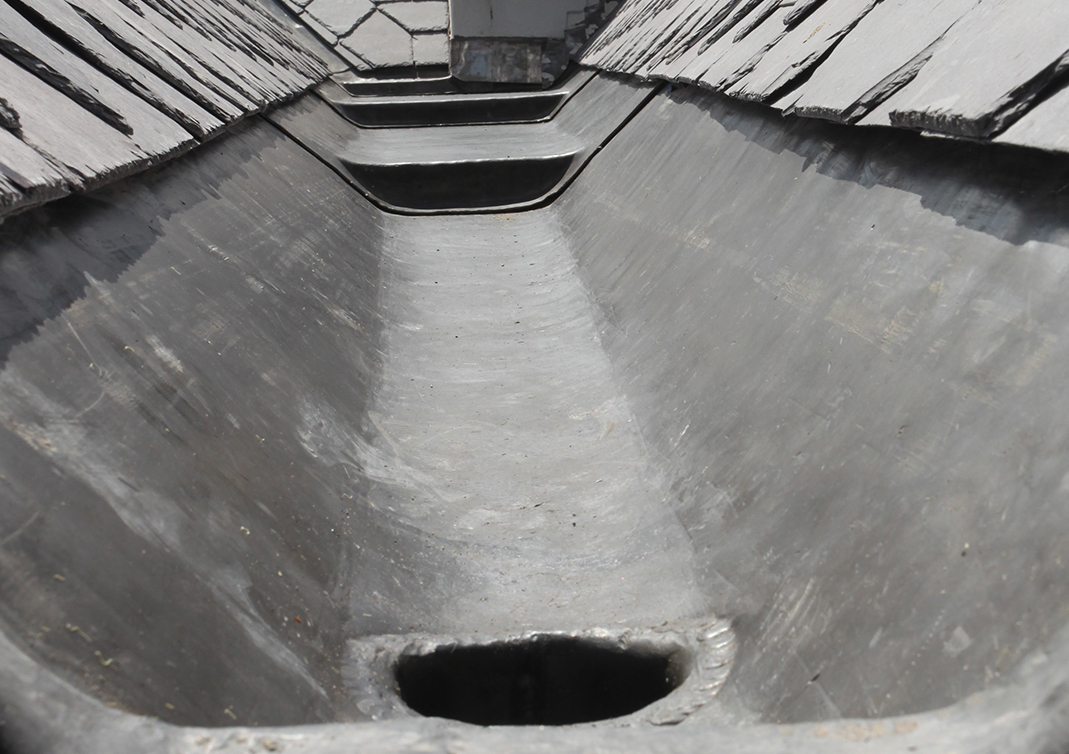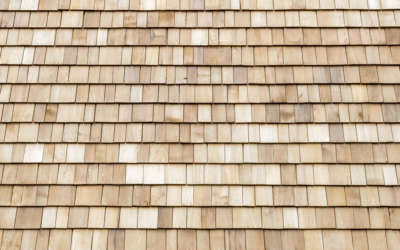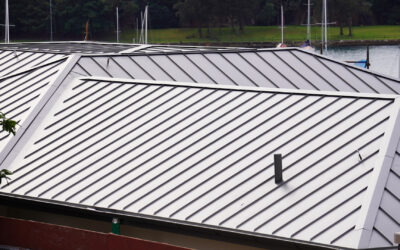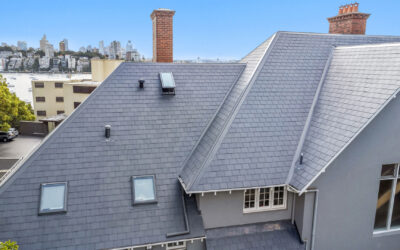What is Lead Roofing
Lead roofing has been popular for centuries due to its durability, longevity, and distinctive appearance. Lead roofing is the practice of using lead sheets or tiles as a roofing material. It has been used in various architectural styles throughout history, from ancient Rome to modern times. Lead is a malleable and corrosion-resistant metal, making it ideal for roofing applications. It is commonly used in commercial and residential buildings and historical restorations.
The Benefits of Lead Roofing
One of the primary benefits of lead roofing is its longevity. Lead is known for its durability and can last for hundreds of years with proper installation and maintenance. This makes it a cost-effective choice in the long run, as it requires minimal replacement or repairs over its lifespan. Additionally, lead roofing is resistant to weathering, UV rays, and extreme temperatures, making it suitable for various climates.
Another advantage of lead roofing is its versatility. Lead sheets can be easily shaped and molded to fit different roof styles, including flat roofs, pitched roofs, and domes. This flexibility allows for intricate detailing and customization, making lead roofing a popular choice for architectural designs that require unique and eye-catching features.
In addition to its durability and versatility, lead roofing also offers excellent waterproofing properties. Lead sheets are joined together using techniques such as bossing and welding, creating a seamless and watertight roof surface. This prevents water from seeping through and causing leaks, protecting the underlying structure from water damage.
Lead roofing is also considered environmentally friendly. Lead is a naturally occurring metal and can be recycled repeatedly without losing its properties. This makes lead roofing a sustainable choice for eco-conscious builders and homeowners who are looking for environmentally responsible construction materials.
When it comes to installation, lead roofing requires skilled craftsmanship. Proper installation techniques are crucial to ensure the longevity and performance of a lead roof. It is typically installed by experienced craftsmen who are trained in working with lead and following industry best practices.
It’s important to note that lead is toxic and can be harmful if ingested or inhaled. Therefore, following proper safety precautions during installation and maintenance is essential, such as wearing protective gear and disposing of lead waste properly.
In modern construction, lead roofing is typically used for specialized applications, such as historical restorations, high-end homes, and commercial buildings that require a distinctive and durable roofing material. It is also commonly used for flashing, gutters, and other architectural elements that require waterproofing and longevity.
Conclusion
Lead roofing is a time-tested and durable roofing material that has been used for centuries. Its longevity, versatility, waterproofing properties, and sustainability make it popular for various construction applications. However, proper installation and maintenance are crucial to ensure its performance and safety.
If you are considering lead roofing for your next construction project, it’s important to work with experienced professionals who are trained in working with lead and follow industry best practices to ensure a successful and safe installation.
Premier Slate has supplied lead sheets to the Australian market for many years. Our supplier produces the finest quality rolled/ milled lead sheets available.
Premier Slate is dedicated to reducing waste and landfills and recycling wherever possible. Call us now on your next roof construction project – 0412 580 681.
